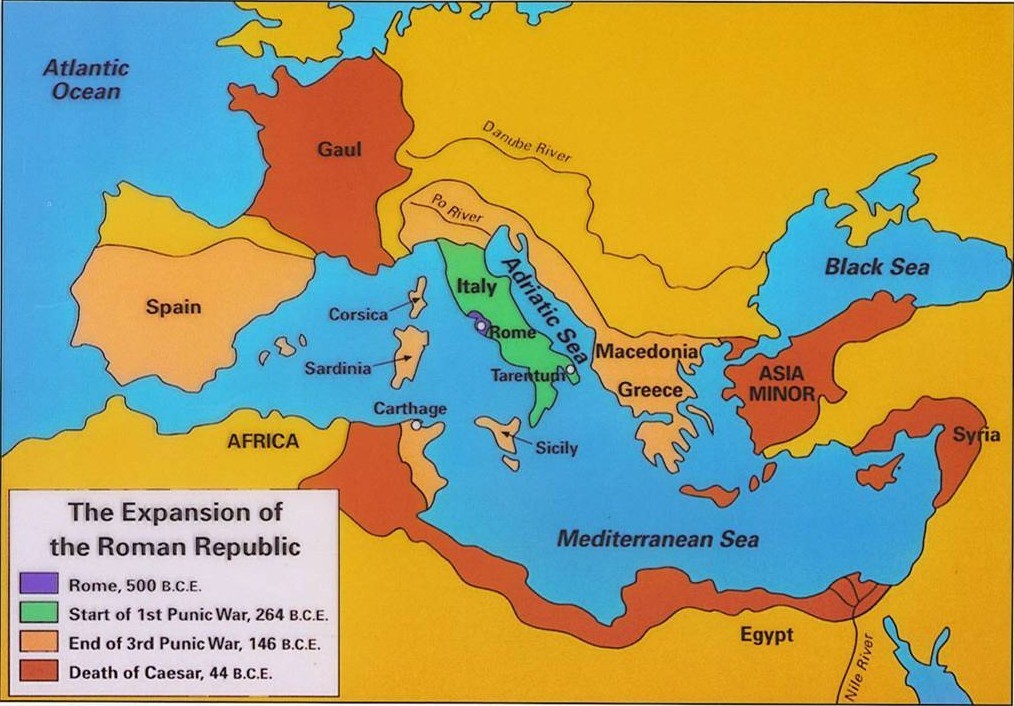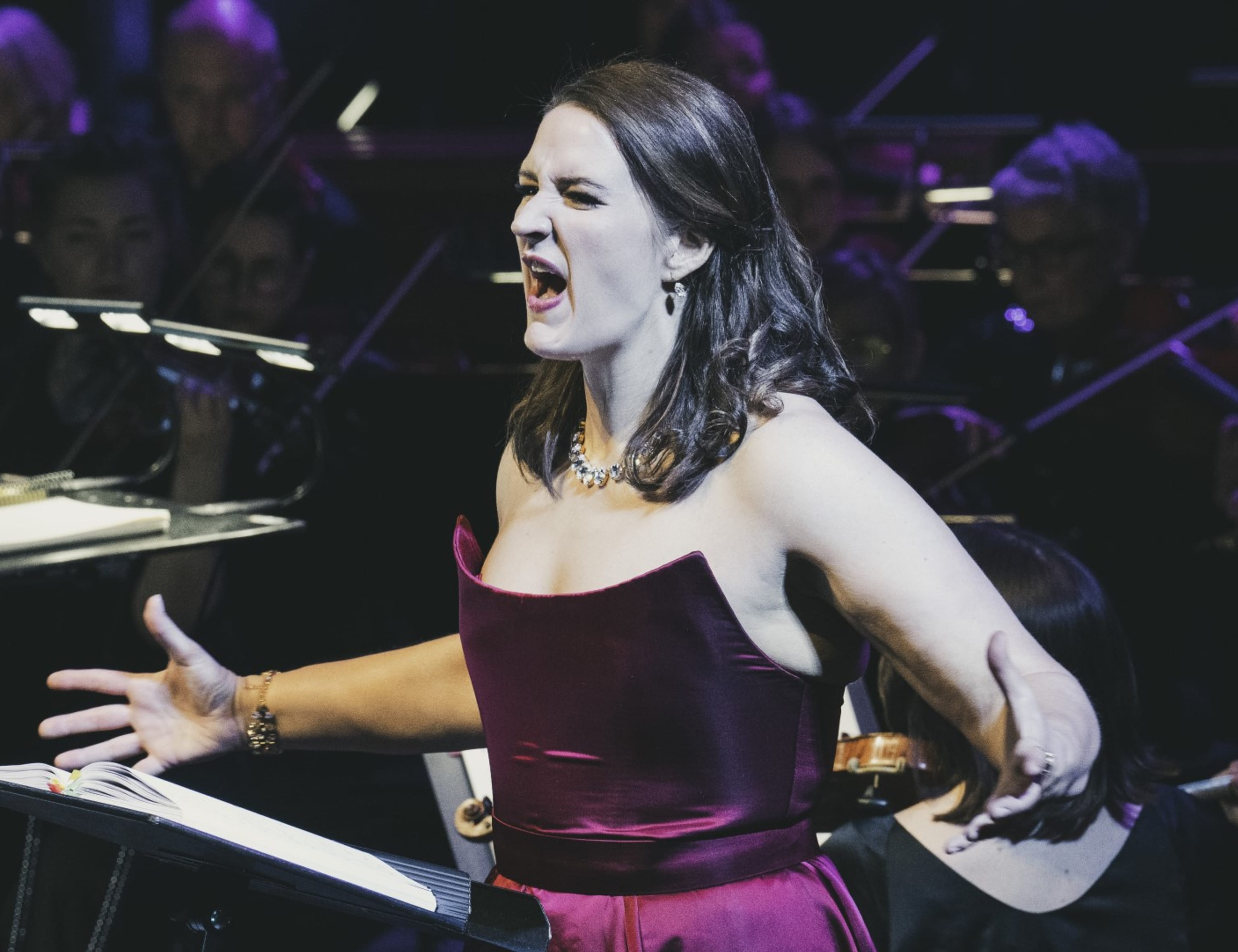In the world of opera, few names resonate as powerfully as Giacomo Puccini. Known for his masterpieces such as La Bohème and Madama Butterfly, Puccini’s work continues to captivate audiences around the globe. However, one of his most compelling operas, Tosca, was inspired by a French play written in 1887—La Tosca by Victorien Sardou. This article delves into the historical and artistic significance of Tosca, exploring its roots in the 1887 drama and its enduring legacy in the world of opera.
The Origins of Tosca: A 1887 Drama

The story of Tosca begins with Victorien Sardou’s La Tosca, a dramatic play that premiered in 1887. Originally written for the stage and starring the legendary Sarah Bernhardt, La Tosca was a melodrama that showcased Sardou’s talent for crafting intense, emotionally charged narratives. The play’s success was immediate and widespread, with over 3,000 performances across Europe. Its themes of love, betrayal, and political intrigue made it an ideal candidate for adaptation into an opera.
Puccini first encountered La Tosca in Milan, where he was deeply moved by its potential for musical expression. He saw in the play an opportunity to create a powerful opera that would resonate with audiences. Following a lengthy negotiation with Sardou, Puccini secured the rights to adapt the play into an opera, which he began working on in 1895.
The Transformation into Opera

Puccini’s Tosca is a three-act opera that condenses Sardou’s original five-act play into a more compact and emotionally resonant format. The libretto, written by Luigi Illica and Giuseppe Giacosa, reduces the number of characters from 24 to nine, focusing on the central figures of Floria Tosca, Mario Cavaradossi, and Baron Scarpia. These characters embody the opera’s core themes: passion, jealousy, and political oppression.
The setting of Tosca is Rome in 1800, during the Napoleonic Wars. The historical context of the opera is crucial to understanding its narrative. The events take place on June 17, 1800, the day news of Napoleon’s victory at Marengo reached Rome. This date is significant because it marks a turning point in the opera, when Cavaradossi celebrates the news of victory, declaring, “Vittoria! Vittoria!…Libertà sorge, crollan tirannidi!” (Victory! Victory!…Liberty rises, tyrannies collapse!).
The Characters and Their Roles
Floria Tosca is a celebrated soprano, deeply religious and fiercely jealous of her lover, Mario Cavaradossi. Cavaradossi, a painter and patriotic Roman Republican, is a symbol of resistance against tyranny. Baron Scarpia, the lecherous and cruel Chief of Police, embodies the oppressive forces of the time. His manipulation of Tosca leads to tragic consequences, highlighting the opera’s themes of power, corruption, and personal sacrifice.
The opera opens in Rome’s Sant’Andrea della Valle, where Cesare Angelotti, an escaped prisoner and former Consul of the Roman Republic, seeks refuge. When Cavaradossi arrives, he helps Angelotti hide, unaware that this act will draw the attention of Scarpia. As the police arrive, Scarpia taunts Tosca, exploiting her jealousy to discover Angelotti’s hiding place.
The Dramatic Structure and Musical Innovation
Tosca is renowned for its dramatic intensity and musical innovation. Puccini’s score is filled with powerful arias, duets, and orchestral passages that heighten the emotional stakes of the narrative. One of the most famous moments in the opera is the scene in Act 2, where Tosca stabs Scarpia after he betrays her. This moment is not only a climax of the opera but also a profound exploration of forgiveness and justice.
Tosca’s final act is particularly moving. After learning that Scarpia has betrayed her, she jumps from the Castel Sant’Angelo, vowing to meet him before God. This act of self-sacrifice underscores the opera’s themes of love, loyalty, and the struggle against injustice.
The Legacy of Tosca
Since its premiere in 1900 at Teatro Costanzi in Rome, Tosca has remained a staple of the operatic repertoire. It has been performed in every major opera house around the world, with countless interpretations by some of the greatest singers of the 20th and 21st centuries. Maria Callas, Luciano Pavarotti, and Lise Davidsen are just a few of the artists who have brought the role of Tosca to life with remarkable skill and emotion.
In recent years, the opera has continued to evolve, with new productions and interpretations that reflect contemporary sensibilities while honoring the original work. The Metropolitan Opera’s 2024 production, featuring Lise Davidsen as Tosca, Freddie De Tommaso as Cavaradossi, and Quinn Kelsey as Scarpia, is a testament to the opera’s enduring appeal.
Conclusion
The 1887 drama La Tosca by Victorien Sardou provided the foundation for one of Puccini’s most beloved operas. Through its powerful storytelling, rich musical score, and complex characters, Tosca continues to captivate audiences and inspire new generations of opera lovers. As we look to the future, the legacy of Tosca remains a vital part of the operatic tradition, reminding us of the enduring power of art to reflect the human experience.
Stay updated with the latest news and developments in the world of opera and beyond. Explore today’s headlines and discover what’s trending in the United States.












More Stories
US Trending News: The History and Legacy of Zoo York in Streetwear Culture
US Trending News: Exploring Zach Top Greensboro
US Trending News: Youngboy Concert in Birmingham: What to Know Before You Go